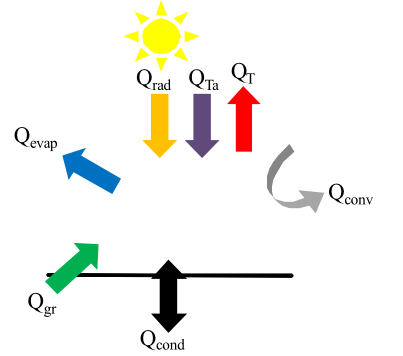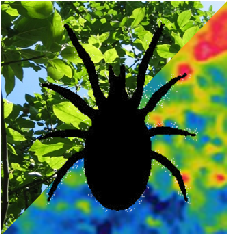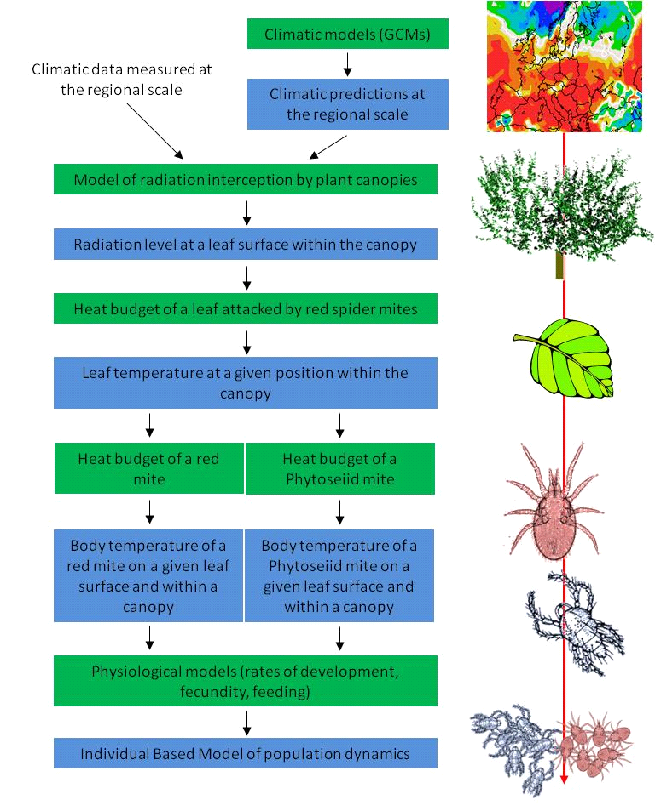


What next?

Key references in this research topic:

Institut de Recherche sur la Biologie de l'Insecte
UMR 7261 Faculté des Sciences et Techniques
Avenue Monge, Parc Grandmont
37200 TOURS (France)


Current research

What is the question and the organisms studied?

People involved in this research topic:


Many studies have shown the ecological impact of the climate change that has occurred this past century. Some species are shifting their geographic distributions while others are prone to extinction. Nevertheless, the mechanisms through which climate variations and climate change influence individuals and populations still remain blurred. This lack of knowledge on the mechanisms in play handicaps severely our ability to predict accurately the ecological impacts of global change. Moreover, the greatest challenge to reliably predict the effects of global change on ecosystem processes and community structures is to determine how abiotic and biotic context alters the direction and magnitude of the global change effects on biotic interactions.

Our aim is to assess quantitatively the net effect of climate change on every single
species in a multitrophic system, considering both direct and indirect influences.
A key step in the search for higher prediction power is to understand how the microclimate
of species is working, and to assess the magnitude of the micro-
We study the following tri-
The project started very recently. The first step consists in investigating the response of spider mites to the thermal heterogeneity of a leaf surface: do spider mites move over leaf surface in response to leaf temperature variations? Does the red spider mite respond to leaf temperature variations differently when the predator is present?
Then, we are developing the biophysical model which integrates biotic interactions
and the cascading spatial scales, from the regional scale down to a tree canopy,
a leaf surface and the scale at which the spider mites are living in. This biophysical
model combines several sub-

We are planning to connect the biophysical model to a model of population dynamics
of spider mites. This integrative model will allow us to predict population fluctuations
within a tree canopy as function of temperature variation within microclimates. We
also plan to get long-

Pincebourde S. & Woods A. H. (2012). Climate uncertainty on leaf surfaces: the biophysics
of leaf microclimates and their consequences for leaf-
Pincebourde, S., Sanford, E., Casas, J., & Helmuth, B. (2012). Temporal coincidence of environmental stress events modulates predation rates. Ecology letters, 15, 680–8.
Pincebourde S., Sinoquet H., Combes D. & Casas J. (2007). Regional climate modulates the canopy mosaic of favourable and risky microclimate for insects.
Journal of Animal Ecology 76, 424-
